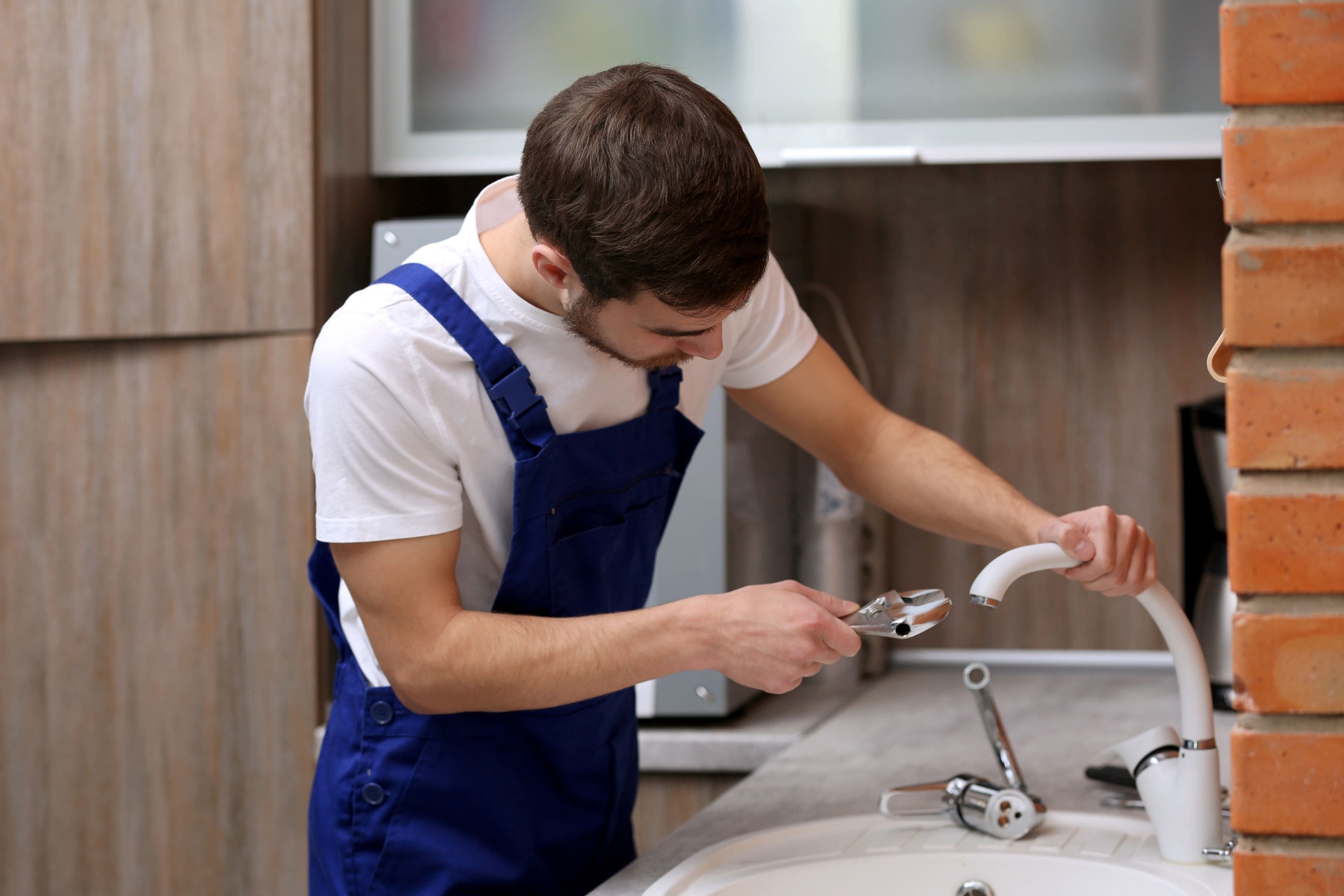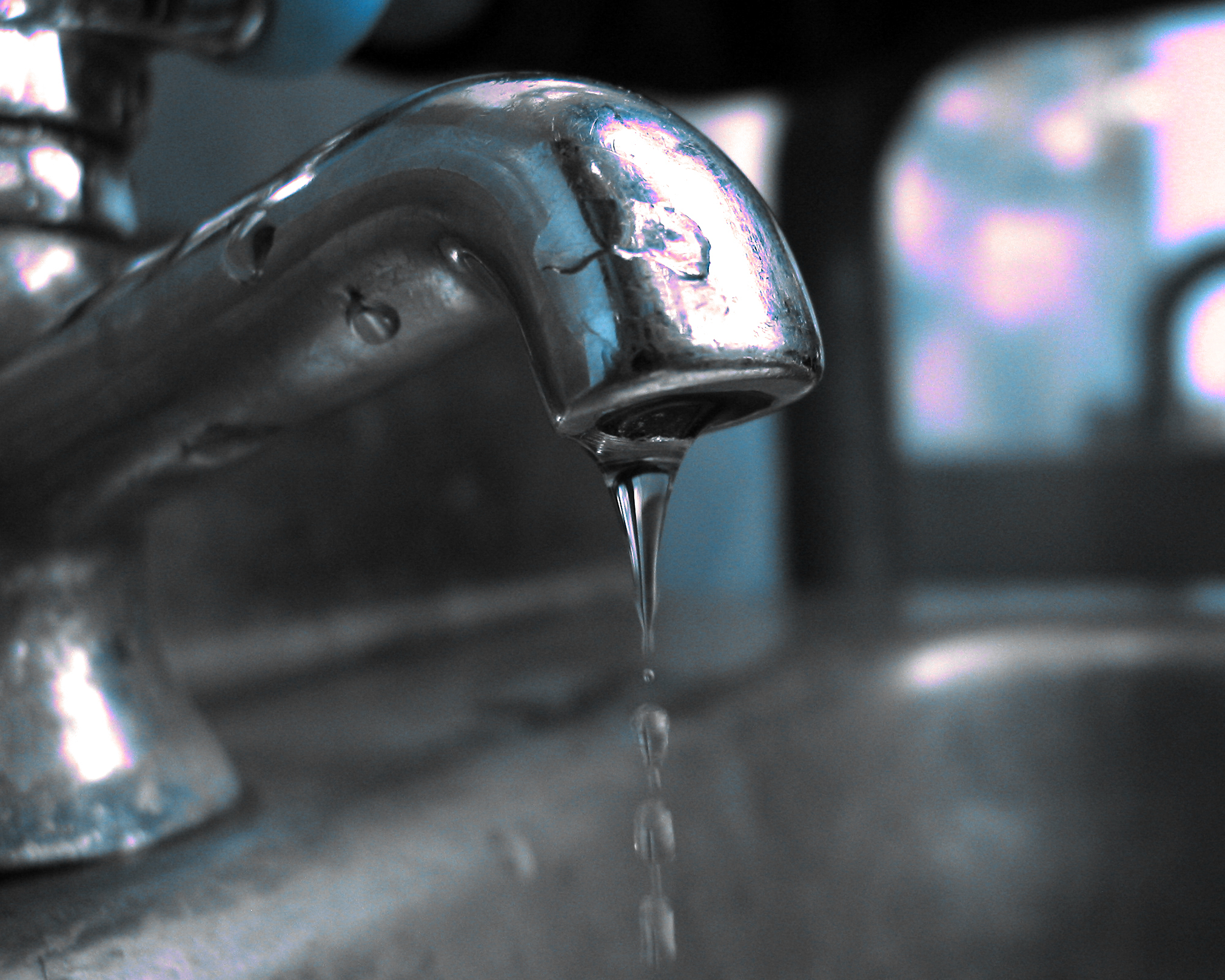Your Causes Behind Correcting a Dripping Faucet
Your Causes Behind Correcting a Dripping Faucet
Blog Article
We've encountered the article pertaining to Leaky Faucets: Why They Happen & What to Do About Them down the page on the internet and accepted it made sense to discuss it with you here.

Leaking taps might seem like a small hassle, but their impact goes beyond just the aggravation of the audio. From drainage to incurring unneeded monetary costs and wellness dangers, overlooking a dripping faucet can cause various effects. In this short article, we'll delve into why it's vital to resolve this usual household issue immediately and successfully.
Waste of Water
Ecological Influence
Leaking taps add significantly to water wastage. According to the Environmental Protection Agency (EPA), a single faucet leaking at one drip per second can throw away more than 3,000 gallons of water per year. This not only stress water resources but also influences ecosystems and wild animals depending on them.
Financial Expenses
Raised Water Costs
Past the ecological influence, leaking taps can inflate water bills significantly. The built up waste gradually translates right into greater utility expenses, which could have been stayed clear of with prompt repairs.
Potential Home Damages
Moreover, prolonged leaking can bring about damage to components and surface areas bordering the tap. Water buildup can cause discoloration, rust, and even structural problems if left unattended, resulting in added fixing expenses.
Wellness Issues
Mold And Mildew and Mildew Growth
The consistent visibility of dampness from a leaking faucet develops an optimal setting for mold and mildew and mildew development. These fungis not only jeopardize indoor air quality yet also posture wellness risks, specifically for people with respiratory conditions or allergic reactions.
Waterborne Diseases
Stationary water in leaking taps can come to be a breeding ground for bacteria and various other pathogens, increasing the threat of waterborne diseases. Contaminants such as Legionella bacteria thrive in stationary water, potentially causing major health problems when consumed or inhaled.
DIY vs. Professional Repair work
Advantages and disadvantages of DIY Repair
While some may attempt to fix a trickling tap themselves, DIY repair services come with their very own set of challenges. Without correct understanding and devices, DIY attempts can exacerbate the concern or bring about incomplete repairs, lengthening the issue.
Benefits of Working With a Specialist Plumber
Working with a professional plumber ensures that the underlying reason for the dripping faucet is dealt with properly. Plumbing technicians possess the knowledge and tools to diagnose and fix tap problems effectively, saving time and minimizing the risk of further damage.
Step-by-Step Guide to Repairing a Dripping Faucet
Tools Needed
Prior to attempting to repair a trickling faucet, gather the needed tools, consisting of a flexible wrench, screwdrivers, substitute components (such as washing machines or cartridges), and plumber's tape.
Common Faucet Issues and Their Solutions
Determine the sort of faucet and the particular issue triggering the drip. Common problems consist of worn-out washing machines, corroded shutoff seats, or malfunctioning O-rings. Refer to maker instructions or online tutorials for detailed support on repair work.
Safety nets
Routine Maintenance Tips
To stop leaking faucets, carry out routine maintenance such as cleaning up aerators, examining for leakages, and changing worn-out parts quickly. In addition, think about setting up water-saving devices or updating to much more efficient fixtures.
Importance of Prompt Fixes
Resolving dripping taps as quickly as they're observed prevents more water wastefulness and prospective damage, eventually saving both water and money over time.
Influence On Property Worth
Understanding of Well-Maintained Building
Maintaining a residential property in good condition, consisting of resolving upkeep issues like leaking faucets, improves its perceived worth and desirability amongst possible buyers or lessees.
Influence on Resale Worth
Properties with well-kept plumbing fixtures, including taps, command greater resale values in the real estate market. Dealing with leaking faucets can add to a positive impression during building assessments and negotiations.
Ecological Obligation
Specific Payment to Conservation
Taking obligation for taking care of leaking faucets straightens with broader efforts toward water conservation and environmental sustainability. Every individual's activities jointly make a substantial impact on protecting valuable sources.
Lasting Living Practices
By prioritizing prompt repairs and adopting water-saving routines, individuals contribute to sustainable living practices that profit both existing and future generations.
Conclusion
Addressing a leaking faucet surpasses simple benefit; it's a necessary action toward preserving water, reducing financial prices, and guarding wellness and home. Whether with DIY fixings or expert help, taking action to repair trickling taps is a small yet impactful way to advertise accountable stewardship of sources and add to a healthier, a lot more lasting future.
Most Common Reasons for a Leaky Faucet and How to Stop the Drip
Whether it’s your kitchen faucet leaking or a bathroom faucet leaking, one leaky faucet can waste anywhere from three to 30 gallons of water every single day. If the constant drip-drip-drip doesn’t get your attention, your water bill will. The good news is that, by following a few simple steps, chances are pretty good you can fix the problem yourself.
Why is it dripping?
Before you start taking things apart, let’s break down some of the most common causes of a leaky faucet.
Bad O-ring.
A cartridge is a valve that controls the flow of water into the faucet spout. On cartridge faucets there’s an O-ring—the little disc attached to the stem screw that holds the faucet handle in place. If it’s loose or worn-out, it can cause your sink handle to leak. Of course, the cartridge itself could be worn out. If that’s the case, make sure you replace it with the exact same kind.
Corroded valve seat.
The valve seat connects the faucet and the spout. If the leak seems to be coming from the spout, it might be because a buildup of water sediment has corroded the valve seat.
Worn-out washers or seals.
A leaky spout could be caused by a bad washer that rests against the valve seat. It’s just a matter of time before friction takes its toll. It could also be the wrong size washer or one that’s been installed incorrectly. Water sediments can also corrode inlet and outlet seals.
Water pressure.
If the faucet only drips now and then, or when you turn the handles a certain way, you should probably check your home’s water pressure.
Loose or broken parts.
The adjusting ring and packing nuts in the stream screw can become loose over time, causing your sink handle to leak. Try tightening or replacing the packing nut. If the leak is coming from the pipes underneath the sink, you probably have a broken pipe or fitting. If that’s the case, you should definitely call a plumber.
Know your faucet.
Faucets come in a variety of types. Each one has its own assembly—and its own possible causes of leaks. Learning about the four most common kinds of faucets will help you know how to take them apart and make any repairs.
How to stop a leaky faucet
Fixing that leaky faucet doesn’t have to take a lot of time, money, or expertise. It’s usually a simple matter of replacing a worn-out washer or gasket, a loose O ring, or another part. Chances are really good you can do this yourself if you follow these simple steps.
Shut off the water.
Before you tackle the faucet, cut off the water supply to the sink. There should be one valve for hot and one for cold. Hand-turn them clockwise with your hands till they close. If there are no valves under the sink, head to the basement and shut off the main water supply to the house. Then turn on the faucet until it empties out the water that’s still in the line and you’re ready to start. It’s a good idea to cover the sink drain with a plug or a rag so you don’t lose any small pieces and parts while you’re working.

As a serious person who reads about Leaky Faucets: Why They Happen & What to Do About Them, I figured sharing that article post was a good idea. Do you know about another individual who is intrigued by What Causes Leaky Faucets & How To Fix Them? Please feel free to share it. Thanks a lot for your time invested reading it.
Report this page